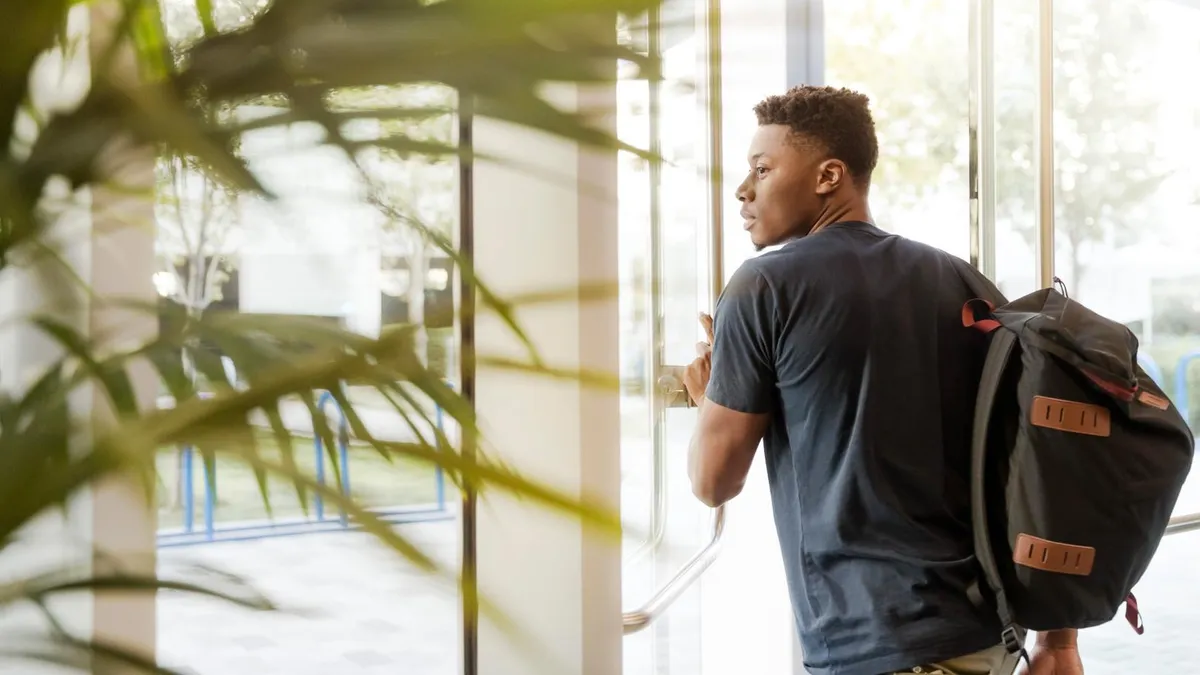Dive Brief:
-
Youth in the California foster care system face more barriers during the transition from high school to college than their non-foster-care peers, according to an Educational Results Partnership and California College Pathways report. The barriers include greater school mobility, suspensions, exclusions and missed school days.
-
The report suggests several strategies to address these barriers:
-
Re-examine existing suspension and exclusion policies.
-
Prioritize trauma-informed training for all school personnel.
-
Ensure a best interest determination (BID) process.
-
Invest in and increase access to financial and academic support programs.
-
Create a shared data systems between K-12, colleges, and child welfare to identify foster youth.
-
Develop strategies to address summer melt.
-
-
Still, support programs already in place and targeting this group seem to be working. Foster youth seek financial support grants, apply to community colleges, and utilize academic support services at higher rates than their peers not in the foster care system.
Dive Insight:
One of the chief challenges of supporting students in the foster care system is determining who they are. Once they are identified, they need to be supported with financial and academic services. As his district's liaison, Richard Puente, a principal in the Pajaro Valley Unified School District and former foster parent, oversees programs that address these students’ unique needs. Puente believes investing resources in this group is critical to their success.
School mobility is one of the most damaging aspects to the academic success of foster students. In California, students in the foster care system missed at least 10% of the school year.
Frequent school changes remove these students from friends, teachers and any other support network and sometimes occur with no communication between districts and social workers. The Every Student Succeeds Act requires districts and child welfare agencies to provide these students transit to their schools of origin, but there is no mention about how this should be funded.
In Los Angeles County, which has the largest youth population in the country, foster care students graduate high school at a rate of 47%, compared to 81% of the general population. They face high barriers when trying to attend college and secure employment, and are at higher risk of homelessness, teen pregnancy, poverty and legal problems.
To help ease the transition, TAY Americorps will work with students on employment readiness and training goals. The program was launched by iFoster and the County of Los Angeles Department of Child and Family Services.












